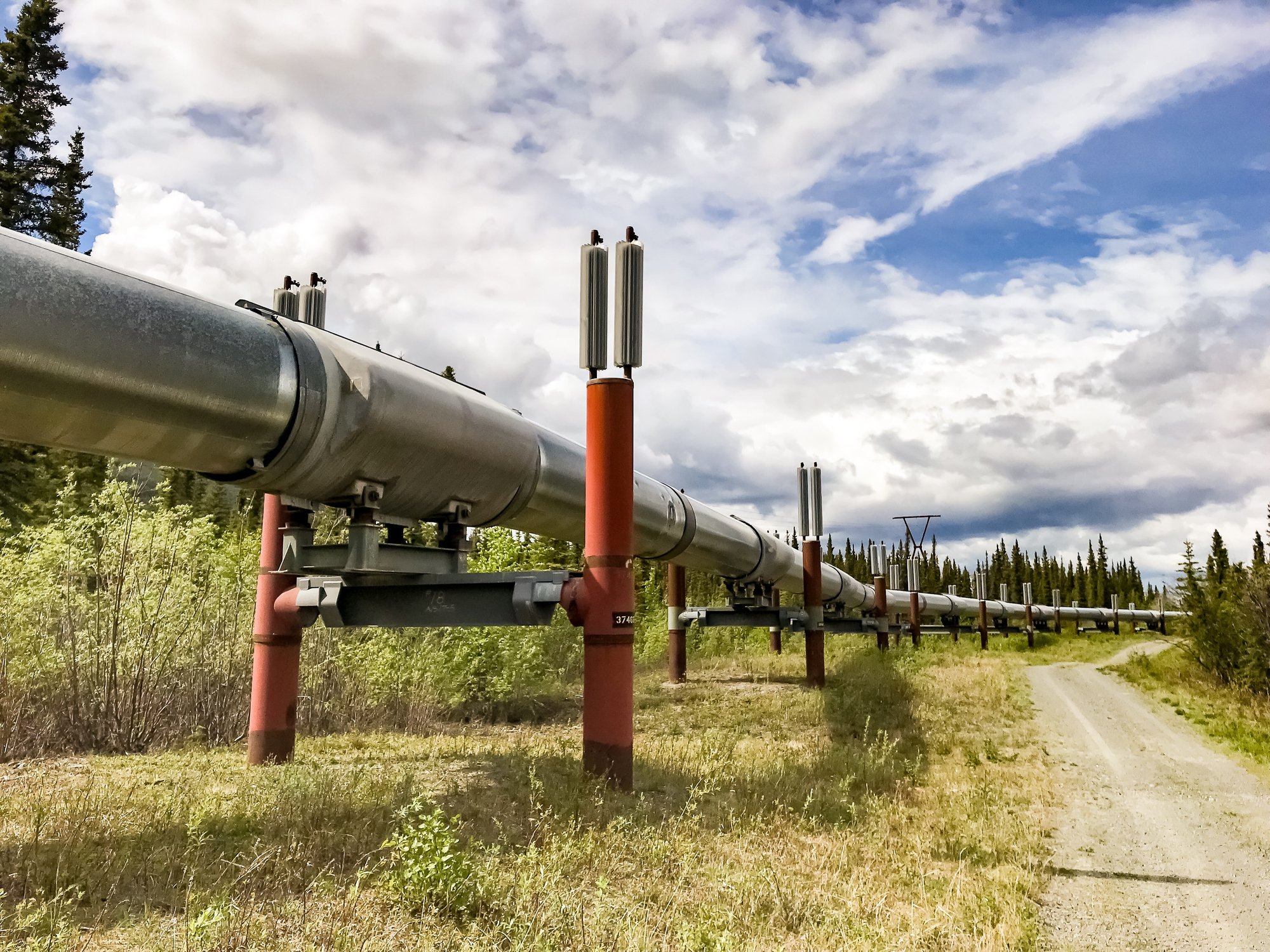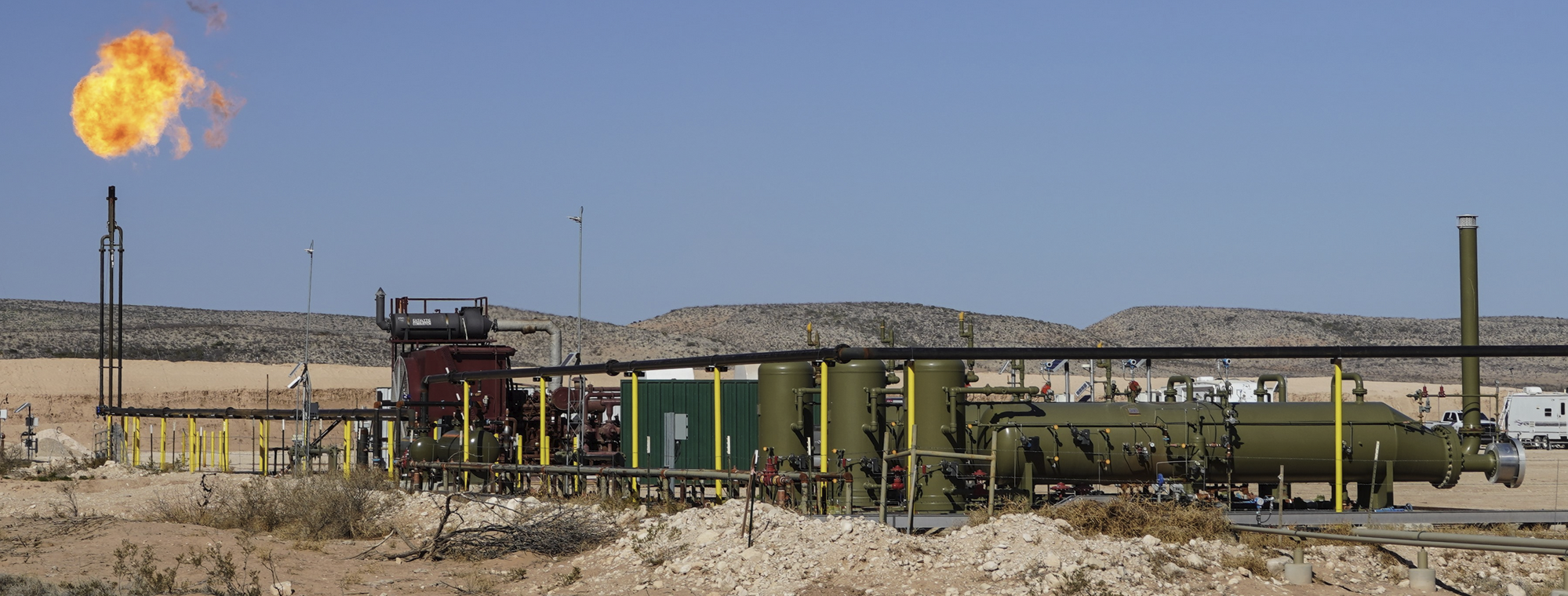
Bridging the Gap: How Construction Management Software is Transforming Oil and Gas Projects
How Digital Solutions Are Enhancing Efficiency, Safety, and Cost Control in Oil and Gas Construction Projects
Listen to this post:
The oil and gas industry operates in a highly complex and dynamic environment, where projects require meticulous planning, precise execution, and seamless coordination among multiple stakeholders. Traditionally, project management in this sector has been plagued by inefficiencies, delays, and cost overruns due to reliance on manual processes, disconnected systems, and siloed communication.
However, construction management software (CMS) is revolutionizing how oil and gas projects are planned, executed, and monitored. By integrating advanced digital solutions, CMS is bridging the gap between traditional project management and the demands of modern energy infrastructure projects. This article explores how construction management software is reshaping the oil and gas industry, driving efficiency, improving safety, and enhancing collaboration across teams.
The Challenges in Oil and Gas Construction Projects
Before diving into the benefits of construction management software, it’s crucial to understand the challenges that have historically hindered efficiency in oil and gas construction projects:
1. Fragmented Communication
Oil and gas projects involve multiple stakeholders, engineers, contractors, suppliers, and regulatory bodies all working across different locations. Traditional methods of communication, such as emails, spreadsheets, and paper-based reporting, create silos, leading to delays and misinterpretations.
2. Project Complexity and Scale
These projects are vast in scope, spanning pipelines, refineries, drilling rigs, and offshore platforms. Managing materials, labor, equipment, and compliance across such a broad landscape is incredibly challenging without a centralized system.
3. Safety and Compliance Risks
Safety is paramount in oil and gas operations due to hazardous work environments. Without real-time data tracking and reporting, ensuring compliance with industry regulations (such as OSHA, API, and ISO standards) becomes difficult.
4. Budget Overruns and Scheduling Delays
According to a McKinsey study, oil and gas projects often exceed their budgets by up to 50% and run years behind schedule. This is largely due to poor project visibility, change orders, and mismanaged supply chains.
5. Equipment and Asset Management
Oil and gas projects require specialized equipment that needs regular maintenance and tracking. Traditional methods fail to provide real-time insights into equipment status, leading to unnecessary downtime and cost escalation.
How Construction Management Software is Bridging the Gap
Modern construction management software is addressing these challenges by digitizing workflows, improving real-time collaboration, and integrating data across project lifecycles. Here’s how CMS is transforming oil and gas projects:
1. Centralized Project Management for Better Visibility
Construction management software brings all project data into a single platform, allowing stakeholders to access and update information in real time. This improves transparency and accountability, ensuring that all teams stay aligned with project goals.
Benefits:
- Live dashboards provide a clear view of project progress.
- Cloud-based document storage eliminates version-control issues.
- Automated workflows reduce manual data entry and administrative overhead.
2. Improved Communication and Collaboration
CMS breaks down communication silos by enabling instant collaboration across different teams, regardless of their location. Features like mobile access, instant messaging, and real-time notifications ensure that everyone stays informed.
Benefits:
- On-site teams can share real-time updates via mobile devices.
- Engineers, project managers, and executives have access to a unified communication hub.
- Faster decision-making leads to fewer delays and improved efficiency.
3. Enhanced Safety and Compliance Tracking
Construction management software integrates safety checklists, compliance tracking, and real-time incident reporting to minimize risks and ensure adherence to safety regulations.
Benefits:
- Digital safety inspections streamline reporting and corrective actions.
- Compliance tracking helps meet industry and environmental regulations.
- Real-time alerts notify project managers of safety hazards before they escalate.
4. Cost and Budget Control
By providing real-time cost tracking, CMS helps project managers identify budget overruns early and take corrective actions before costs spiral out of control.
Benefits:
- Automated cost forecasting improves financial planning.
- Integration with accounting software streamlines invoicing and procurement.
- Better tracking of material and labor costs helps reduce waste and inefficiencies.
5. Scheduling and Resource Optimization
Construction management software optimizes scheduling by automating resource allocation, ensuring that materials, labor, and equipment are available when and where they’re needed.
Benefits:
- AI-driven scheduling tools prevent bottlenecks and downtime.
- Gantt charts and scheduling dashboards help teams track progress.
- Resource allocation planning reduces delays and optimizes efficiency.
6. Asset and Equipment Management
Oil and gas projects rely on high-value assets such as heavy machinery. CMS can track asset utilization, maintenance schedules, and repair needs in real time.
Benefits:
- Preventive maintenance tracking reduces unexpected equipment failures.
- GPS integration ensures efficient asset tracking.
- Automated inventory management prevents shortages and delays.
7. Digital Twin Technology and AI Integration
Leading construction management platforms are integrating AI, machine learning, and digital twin technology to simulate project scenarios, predict potential risks, and optimize efficiency.
Benefits:
- Predictive analytics help prevent delays and cost overruns.
- AI-powered automation reduces manual errors.
- Digital twins enable real-time project simulation and risk assessment.
The Future of Construction Management in Oil and Gas
As the oil and gas industry continues to evolve, construction management software will become an indispensable tool for project execution. Future advancements will likely include:
- Greater AI integration for predictive analytics and automation.
- Blockchain technology for enhanced security in contract management.
- Advanced IoT sensors for real-time equipment monitoring.
- Sustainable construction tracking to ensure greener operations.
Conclusion
Oil and gas construction projects are inherently complex, but construction management software is bridging the gap between traditional workflows and modern digital efficiencies. By enhancing collaboration, safety, cost control, and resource management, CMS is empowering the industry to deliver projects faster, safer, and within budget.
As technology continues to advance, companies that embrace digital solutions will gain a competitive edge, ensuring long-term success in an increasingly competitive and regulated industry. If you’re looking to optimize your oil and gas construction projects, investing in the right construction management software is the key to driving efficiency and innovation.
Subscribe and stay up to date with the newest posts delivered right to your inbox!

